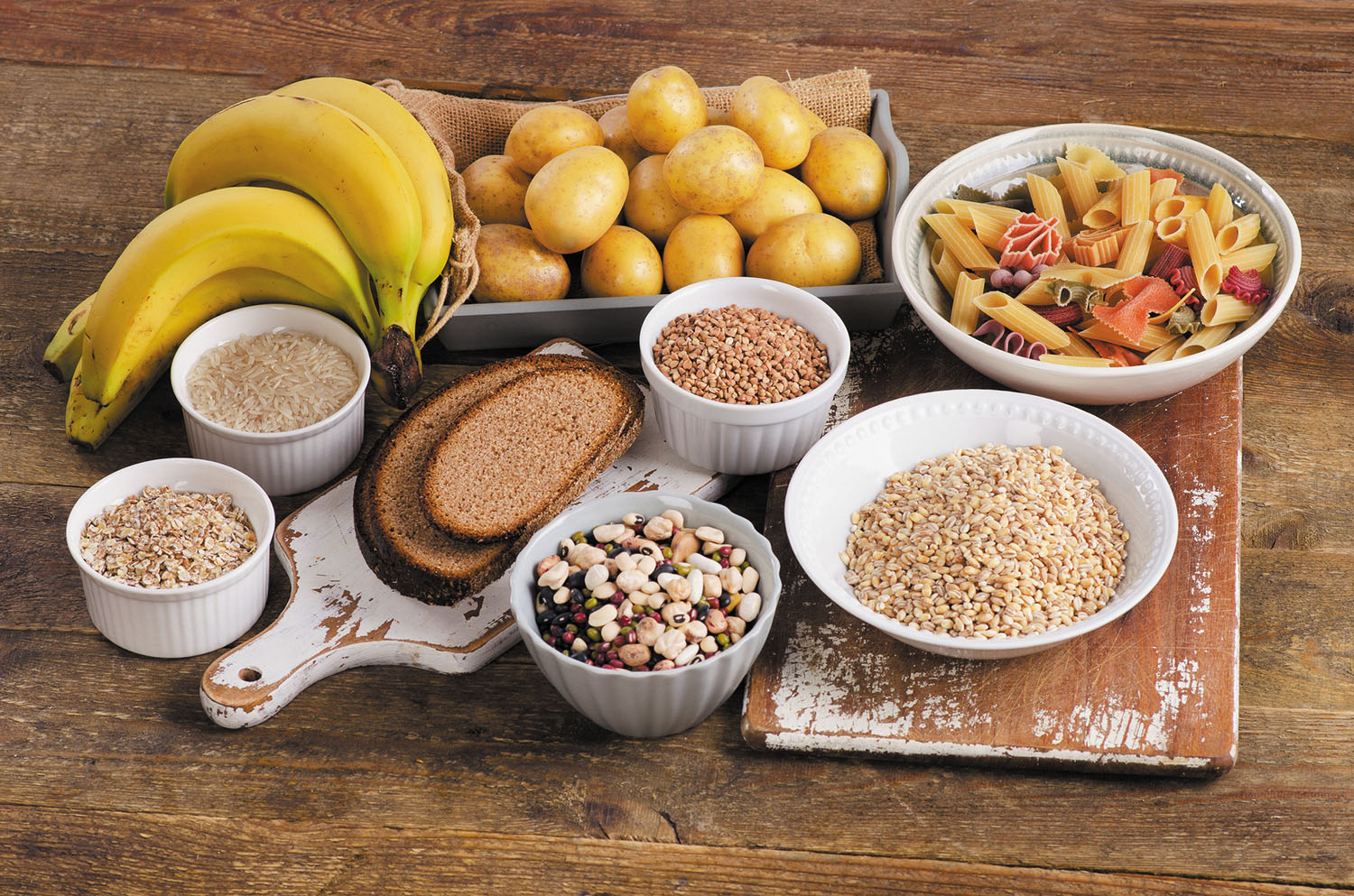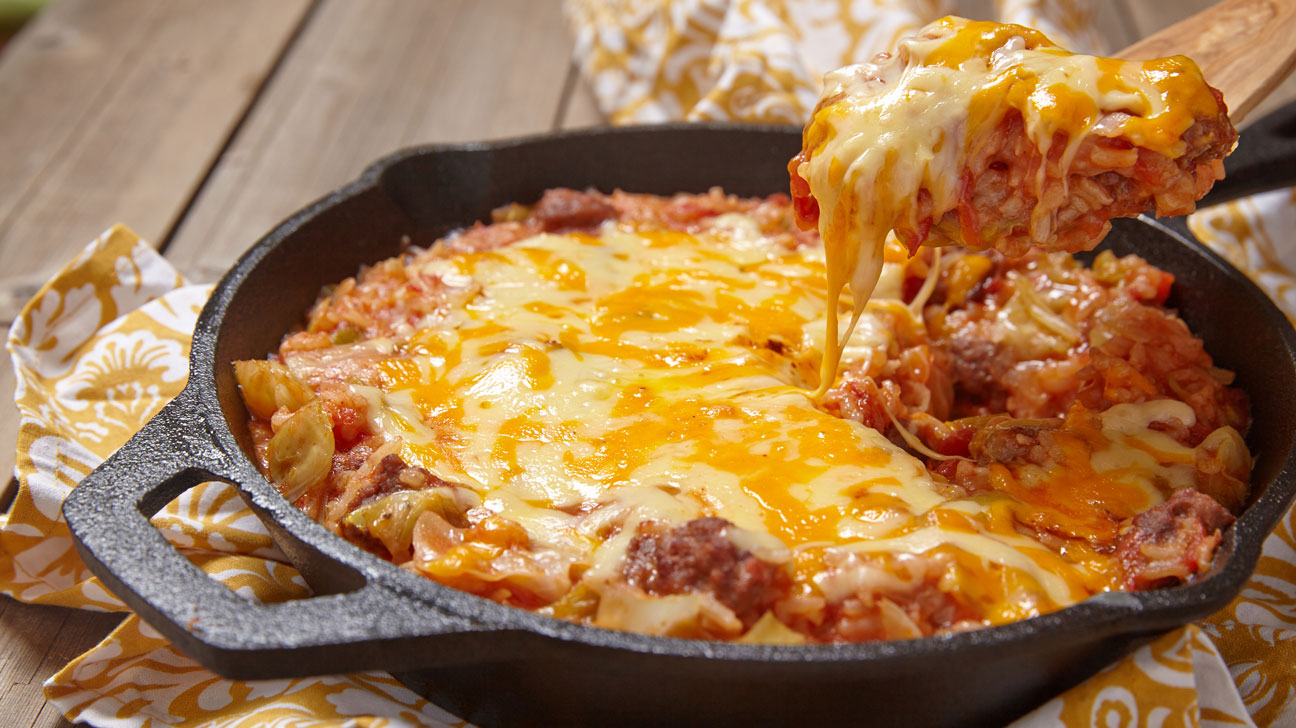Carbohydrates have gotten a bad rap in recent years, mainly because of people associate ‘carbs’ with many of the refined carbs found in our diets – foods like white bread and rice, and sweetened yogurts and juices. In reality, not all carbs are bad—however, when the carb is refined, many important, beneficial nutrients can be stripped away. Take whole grain wheat as an example: when refined into white flour for bread or pasta, the starch in the middle remains, but the process strips away the bran on the outside (a source of fiber and vitamins), as well as the germ which contains vitamins, minerals, and traces of good fat. This is why it’s important to understand the difference between “refined” and “unrefined” carbs.

The “good carbs,” which supply many of the nutrients your body needs to function properly, are those in an unrefined and natural state, with nothing removed. Sources of these healthy carbs include whole grains, beans, fruits, and vegetables, which are all excellent sources of fiber, vitamins, minerals, and phytonutrients. The trick for most people is to learn how to identify good carbs and to reduce intake of the refined ones.
Watch-Out Carbs Benefit
Breads:
When looking for healthy bread options, try to avoid white bread and pay close attention to the wheat bread options in front of you. Many manufacturers label their bread as “multigrain,” but you need to look at the ingredient list to determine if the grains are indeed whole grain and not refined. With whole wheat bread, look for 100% whole wheat on the front, and 100% whole wheat flour in ingredients. The word “whole” is key – if it just says wheat flour, for example, it is likely refined.
Flours, Pasta and Rice:
Like bread, when shopping for flour, pasta or rice it’s best to search for whole-grain products like whole wheat flour, whole grain pasta, and brown rice fo. Otherwise, the refined products will have had the bran and germ removed, therefore also removing nutrients such as iron, folate and B vitamins. Ironically, “enriched flours” add back in some of the vitamins and minerals that were stripped away during the refining process, but do not replace all of the healthy nutrients that were taken out. Natural oils, phytonutrients, fiber, and certain vitamins and minerals may still be lacking.

Fruits:
With fruit juices or fruit sauces, the skins are taken off, removing a lot of the natural fiber and phytonutrients. Always go for the whole fruit versus juice or applesauce if you want to maximize the health benefit. In addition, fruit juice is much less filling than whole fruits but packs a lot more calories per serving.
Gaining Benefits from Carbs
First and foremost, look for foods in their natural state: whole grains, beans, fruits, and vegetables. If you’re preparing any fruits, vegetables or even potatoes for a meal, preserve the skin whenever possible.
As you introduce whole grain flours, pasta , and brown rice to your diet, you may need to adjust to slightly different tastes and textures to benefit from their intake. But it’s well worth getting used to these new taste profiles since these whole-grain foods are so nutrient-dense.
In addition to providing more nutrients, these foods are generally more filling than their refined counterparts because of the extra fiber. While you might feel that you can eat endless amounts of white rice, for example, you’ll probably find brown rice to be more filling – so you’ll eat less while obtaining more health benefits.
Beans are an underutilized part of the American diet, but something we should all try to eat more often. They come in the whole form and are an excellent source of protein, minerals, and phytonutrients. They’re easily added to salads, soups, and chilis.
Here are a few tricks to start making the transition:
- Try introducing new whole grains into everyday meals. Instead of white rice, switch it up with brown rice, quinoa or millet.
- When making soups or stews that are heavily meat-based, try reducing the amount of animal protein and replacing with some canned beans.
- To wean from juices, try having sparkling water with a few chunks of whole fruit or vegetable added. You’ll learn to enjoy the flavors of fresh whole foods in a refreshing, low calorie beverage.